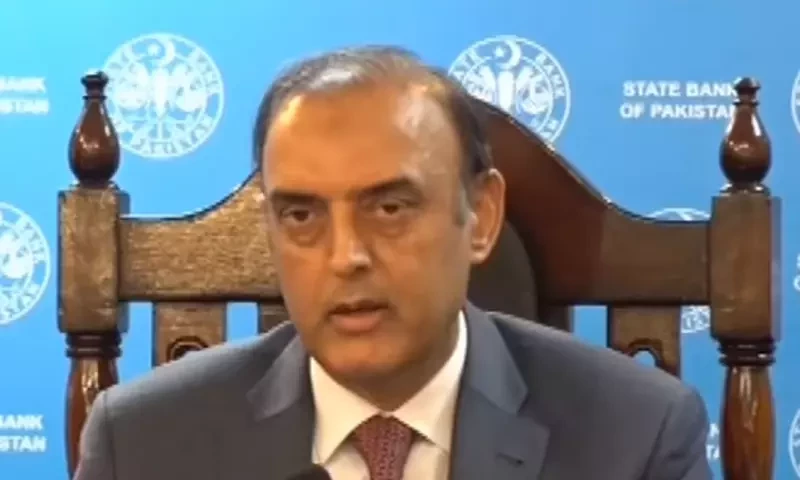In a heart-pounding mid-air incident, an Air India flight found itself making an emergency landing at Karachi Airport due to a medical crisis onboard. The flight, numbered IX192, was en route from Dubai to Amritsar when a passenger suddenly experienced epileptic seizures. This article delves into the gripping details of the incident that unfolded at 35,000 feet, emphasizing the swift response and cooperation that saved a life.
The Emergency Landing
For passengers and crew aboard the Air India flight IX192, what was supposed to be a routine journey turned into a dramatic ordeal. A fellow passenger’s medical emergency prompted the plane to make an emergency landing in Pakistan, underlining the gravity of the situation.
Medical Crisis at 35,000 Feet
Mid-flight emergencies, especially medical ones, are among the most challenging situations an airline can face. In this instance, a passenger suffering from epileptic seizures required immediate medical attention. The crew had to act decisively to ensure the safety and well-being of everyone on board.
READ MORE: IMARAT Downtown: Islamabad’s Visionary $500 Million Project Redefining Urban Development
Contacting the Pakistani Air Traffic Controller
The situation in the cabin quickly escalated. In a testament to international cooperation in times of crisis, the captain of the plane reached out to the Pakistani Air Traffic Controller for assistance. Swift communication was vital to make an emergency landing feasible.
Emergency Landing in Karachi
With the air traffic controller’s assistance and approval, the Air India plane made a nerve-wracking emergency landing at Karachi Airport. The aircraft touched down at the Jinnah Terminal at 12:28 pm, amid heightened tension among passengers and crew.
Anxiety in the Skies
As the plane descended, anxiety gripped passengers. The uncertain outcome of the medical emergency and the unfamiliarity of a foreign airport amplified the stress levels in the cabin.
The Landing at Jinnah Terminal
Despite the anxiety, the captain’s skilled landing provided a sense of relief. The successful landing at Jinnah Terminal marked the first phase of the emergency response, allowing authorities to take immediate action.
Medical Response Teams in Action
The Border Health Services (BHS) and Civil Aviation Authority (CAA) doctors were at the scene without delay. Their swift response was a testament to the efficiency of the emergency protocols in place, showing that passenger safety is paramount.
A Ray of Hope
The BHS and CAA doctors wasted no time in providing crucial medical assistance to the passenger in distress. Their expertise and quick thinking played a vital role in stabilizing the situation and instilling a ray of hope.
Passenger Safety Above All
While it was an inconvenience for the passengers and the airline, the emergency landing underscored the unwavering commitment to passenger safety. The decision to divert the flight saved a life, reinforcing the importance of well-trained and responsive flight crews.
A Lifesaving Diversion
In such challenging moments, every decision matters. The swift diversion of Air India flight IX192 turned out to be a life-saving measure. The collaborative effort across borders highlighted the importance of working together during emergencies.
A Grateful Passengers’ Journey Continues
As the passenger’s condition improved, the flight was allowed to continue its journey to Amritsar. The passengers, once gripped by fear and uncertainty, could finally breathe a sigh of relief, grateful for the efficient medical response that saved a life.
International Collaboration in the Sky
This incident serves as a remarkable example of how international boundaries can blur in the face of a medical crisis. The joint efforts of Air India, Pakistani authorities, and the medical teams on the ground emphasize the importance of solidarity in ensuring passenger safety.
Conclusion
The emergency landing of Air India flight IX192 in Karachi Airport was a heart-stopping incident that showcased the swift response and collaboration between nations during a mid-air medical emergency. It serves as a reminder that, in the skies, safety and humanity know no borders.




